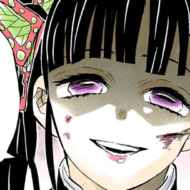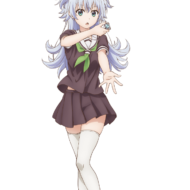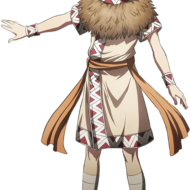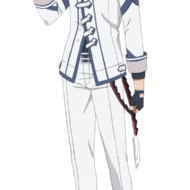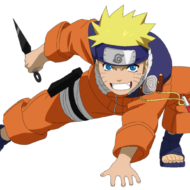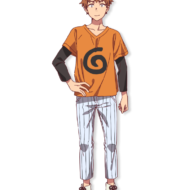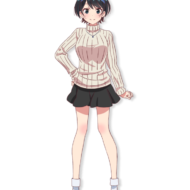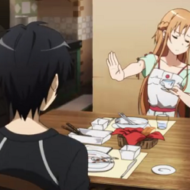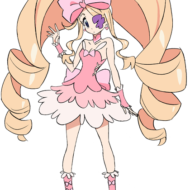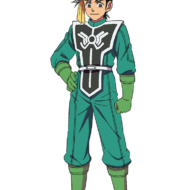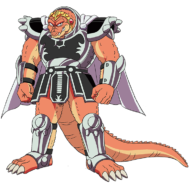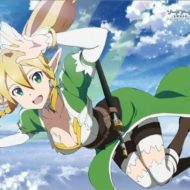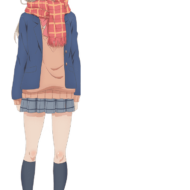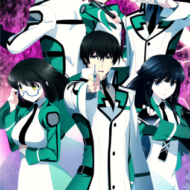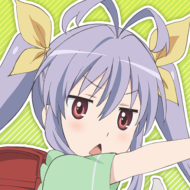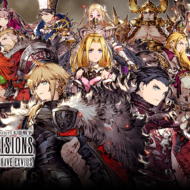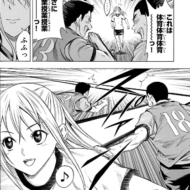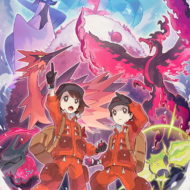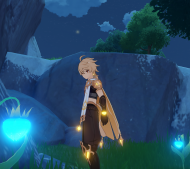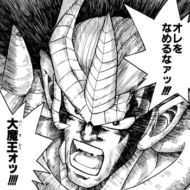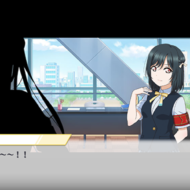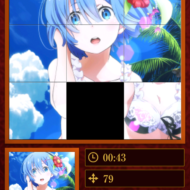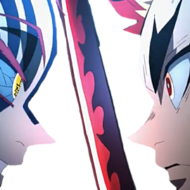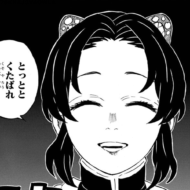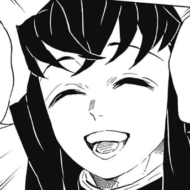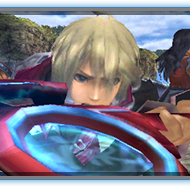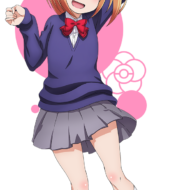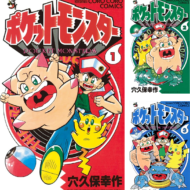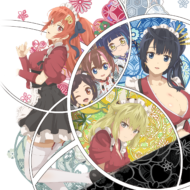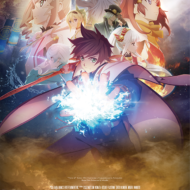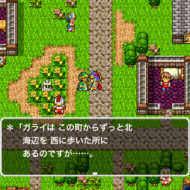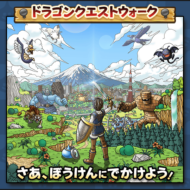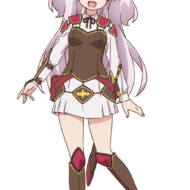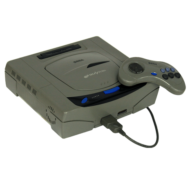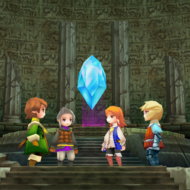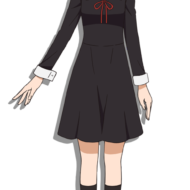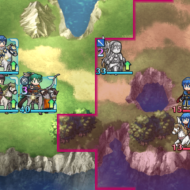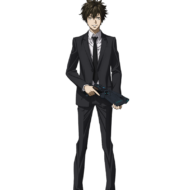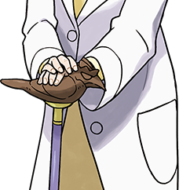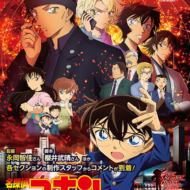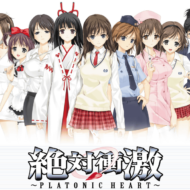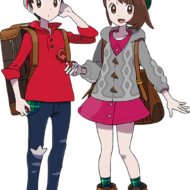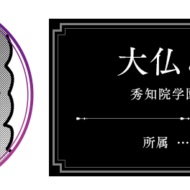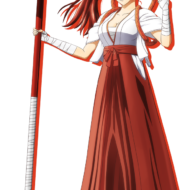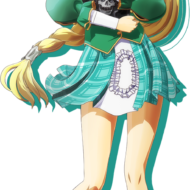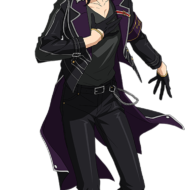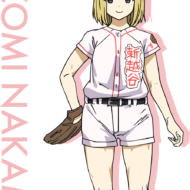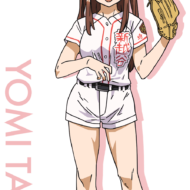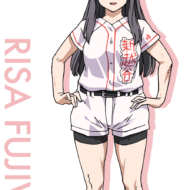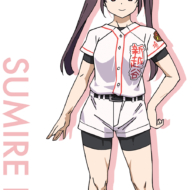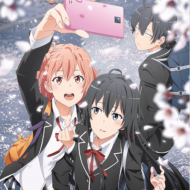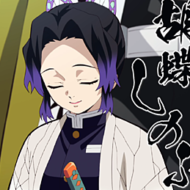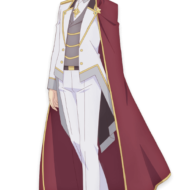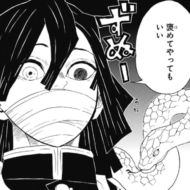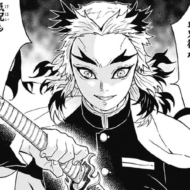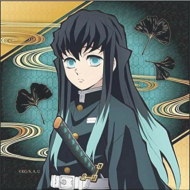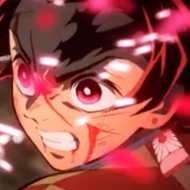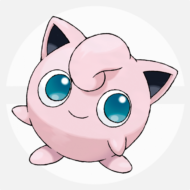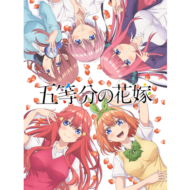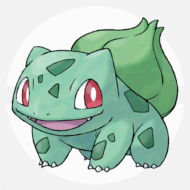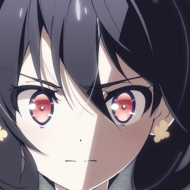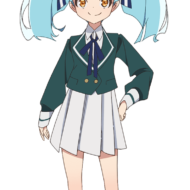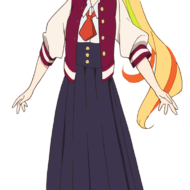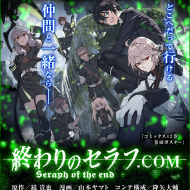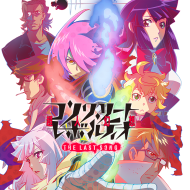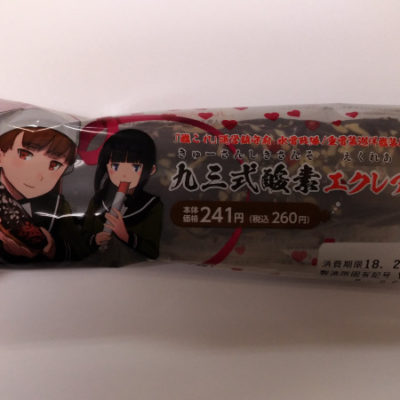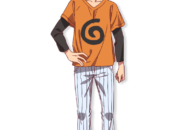出典 : Amazon.co.jp
Jump is entering a new golden age with the historical success of “Blades of Onimator”, and we take an in-depth look at what the future holds for the company.
We thoroughly examine the potential for new hits and more films in the same genre, based on past examples of post-mega-hit films!
Are we on the verge of a new golden age with the double billboards of Wanpi and Kimetu?
出典 : Amazon.co.jp
Triggered by the broadcast of the TV anime, “The Blade of Annihilation” has become a historical hit with a blazing speed.
At the time of the release of volume 19, the total number of copies sold exceeded 40 million, and after that, all volumes have been dominating the ranking.
The first manga that showed this kind of momentum was “Shinkenger no Kyojin”.
This one was an explosive hit even before it became an anime, and it was published in a different magazine and with a different readership, so it was a slightly different hit.
On the other hand, the dark fantasy and battle series are similar in nature, and it can be said that the 2010’s were marked by the popularity of dark fantasy, including the “Puella Magi Madoka Magica” anime.
The Titans of Progress” Circulation
*2 volumes released * 1 million copies
*4 volumes released *4 million copies
*9 volumes released, 10 million copies sold.
10 volumes released, 15 million copies sold (before the first season of the anime)
10 volumes released, 20 million copies sold (the first season of the anime is airing)
Volume 13 was released and sold 36 million copies.
Volume 14 released, 40 million copies sold.
Volume 16 was released and sold 50 million copies.
Volume 20 was released and sold 60 million copies.
Volume 24 was released and sold 71 million copies.
Volume 28 was released and sold 80 million copies.
30 volumes were released, with a total of 86 million copies sold worldwide.
Circulation of “Blades of Demise
*6 volumes released * 1 million copies
*9 volumes released *2 million copies
Vol. 14 released *3.5 million copies (series total since then)
Volume 15 released *5 million copies (before the first season of the anime)
Volume 15 released *sales of 7 million copies (the first season of the anime is airing)
Volume 16 released *8 million copies
17 volumes released, 14 million copies sold.
18 volumes released, 25 million copies sold.
Volume 19 was released and sold 40 million copies.
For a long time “One Piece” has been the absolute king in Jump, but in the comparison of the sales of new publications, Onibyū has surpassed One Piece, and it has come to the point where it can be said that it is a two-fold billboard.
In addition to this One-piece Onishu, the sales of “Hi-Q! My Hero Academia” which sold 25 million copies in volume 26 and “The Promise” which sold 18 million copies in volume 18. Neverland” and the volume average of one million copies were lined up with “Neverland”, “Conjuring War”, “Actage”, and New forces such as “CHENSO MAN” are also doing well.
And then there is “HUNTERxHUNTER”, which boasts 78 million copies in its long hiatus, and the lineup of serials is overwhelming the other rival magazines.
In spite of this, today’s JUMP isn’t being called the “second coming of the golden age”.
That’s probably because the past golden age of JUMP was so great.
In fact, even 10 years ago, when it was not a golden age, Jump had a very strong serialization team.
In addition to Wanpi and HxH, single volumes of “NARUTO”, “BLEACH”, “Kuroko no Basket”, etc. There are a million titles, as well as “Gintama”, “Bakuman”, “Tutor Hitman REBORN”, and “The Family Teacher”. and Nurarihion’s Grandson were all over the paper.
Compared to four years ago, when Naruto was followed by Assassination Classroom and Bleach ended in rapid succession, the current JUMP serialization team has come a long way, but it still doesn’t seem to be as good as it was ten years ago.
In the future, in order for this golden age of JUMP to arrive again, there will have to be more than one hit manga of the level of HIRO-ACA and NEVARAN while Onimatsu continues to run.
And there’s a good chance that will happen.
When a mega-hit work is born, the attention to the magazine will increase, the motivation of the editorial department will increase, and the environment will be more conducive to creating a hit work.
Now, let’s take a closer look at what has happened to Jump in the past when a blockbuster hit is actually born.
Jump after the Dragon Ball
出典 : Amazon.co.jp
When it comes to mega-hits for Jump, Dragon Ball is hard to miss.
It’s not an exaggeration to say that Jump became the number one magazine in Japan with the birth of this title.
Its influence on the future of the magazine is immeasurable.
The first Dragon Ball series started in 1984.
However, at the beginning of the series, the style of the series was more of an adventure than a battle, so it wasn’t quite a big hit at the time.
It was around the time of the Saiyan Arc that Dragon Ball became a real national hit.
This was around 1989, when the Dragon Ball Z anime began.
The following year, 1990, the serialization of “Slam Dunk” and “Yu Yu Hakusho” began.
Together with Dragon Ball, they were later considered the three pillars of Jump.
However, just like Dragon Ball, these two works were not that popular at the beginning of the series.
Slam Dunk was based on the theme of basketball but had elements of delinquents that were popular in the 80’s, while YuYu Hakusho started out as a humanistic drama, but later changed to a realistic theme and a battle theme, respectively, and this is what ignited the popularity of the series.
In particular, it is thought that the influence of Dragon Ball was a major factor in the change of line for YuYu Hakusho.
After the success of Dragon Ball, JUMP began to regularly change its course (especially to battle lines) as a means of leverage, and there were quite a few cases of success because of it.
In that sense, this is an example of how a new hit was born out of the influence of a mega-hit series.
Jump after one piece
出典 : Amazon.co.jp
When it comes to megahits alongside Dragon Ball, there’s no other megahit than One Piece, which has sold an unprecedented 460 million copies worldwide.
After Dragon Ball, Slam Dunk, and YuYu Hakusho, the three pillars of the series had finished, and although “Rurouni Kenshin” made a solitary effort, the number of copies of Jump had fallen greatly and it was overtaken by Magazine, but this work that started serializing was a great success, winning first place in a questionnaire in the first episode.
Soon after that, it became a major work for JUMP, and once again became the driving force behind JUMP’s reign as the king of the manga world.
What is unique about Wanpi is that it follows the three main principles of Jump: friendship, hard work, and victory, and the main character is a pirate and a wanted man, which is a setting that is not typical for a shonen manga.
Kenshin, the main character of Ruroken, is also a former manslayer, but his past is portrayed as something to regret, while Luffy of Wanpi is aiming to become the King of Pirates.
With the success of this work, it was possible to start a new serialized work with an anti-moral protagonist in Jump.
This led to the creation of DEATH NOTE.
The main character becomes steeped in evil, which would never have been allowed to be serialized in Jump until the 1990s.
It is not an exaggeration to say that the field that JUMP could handle was greatly expanded with the arrival of Wanpi.
The following year after Wanpi started its series and gained explosive popularity was the start of HxH and the following year was the start of Naruto, which gave birth to many works that supported JUMP in the 2000s.
From the beginning of these works, the protagonist is an assassin’s family member or an avenger who is in an unmoral position, and these works were considered heretical in the days of simple and clear-cut justice and evil in JUMP.
The huge success of Wanpi ushered in a new era in which such works were born as a matter of course.



